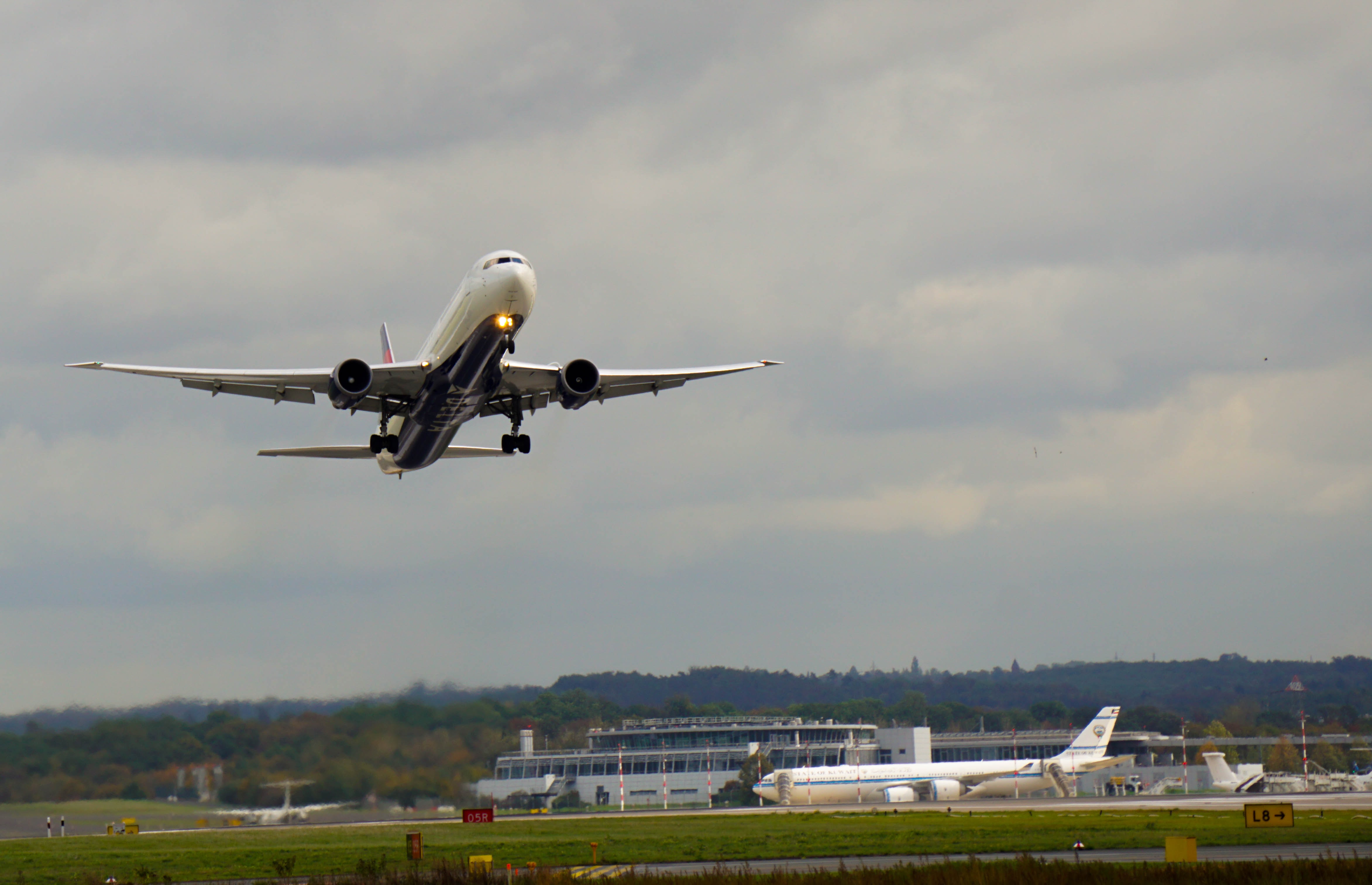A software system that effectively digitizes the "black box" by enabling a real-time system to track and save flight data on ground servers.
Recent aviation mishaps highlight the need to monitor, track and control the flights as much in real-time as possible. The real time component of the Flight Data Tracker makes it extremely useful for ground-based monitoring of flights. Information to be sent to ground-level servers includes engine data, such as oil pressure and airspeed, as well as altitude, roll, pitch, thrust, heading, and other parameters. Flights within the continental United States can safely and reliably transmit data to a string of servers, located at airports along the aircraft's flight path, through existing UHF radio links. Satellite links could be utilized on international flights when UHF radio links are not available. The system allows several flights to send their data simultaneously to different servers. It is also "fault-tolerant," so it can continue to function even if a few servers are down.
This data capture technology, invented by SUNY Fredonia, automatically transmits data from the aircraft to distributed ground servers through a wireless link, has the potential to effectively digitize the black box -- an essential investigation tool used in all airplane accidents and incidents. The use of flight data streaming in real time can also help to prevent a disaster, since the onboard server helps enhance existing detection systems in noting any mishaps, like a mechanical issue, or a missed flight path, and can help correct problems before a crash occurs.

• Stores flight information digitally.
• Eliminates the need, following a crash, to mount what can be an expensive and time-consuming search to recover the flight data recorder.
• Does not require installation of new hardware devices on each aircraft.
• Does not direct and store data to a single ground-based server.
• Does not use proprietary algorithms.
• Data transmission in aerial vehicles, for both drones and aviation industries.
Patented, US2015020321A1
This technology is available for licensing.
Licensing, Commercial partner, Development partner